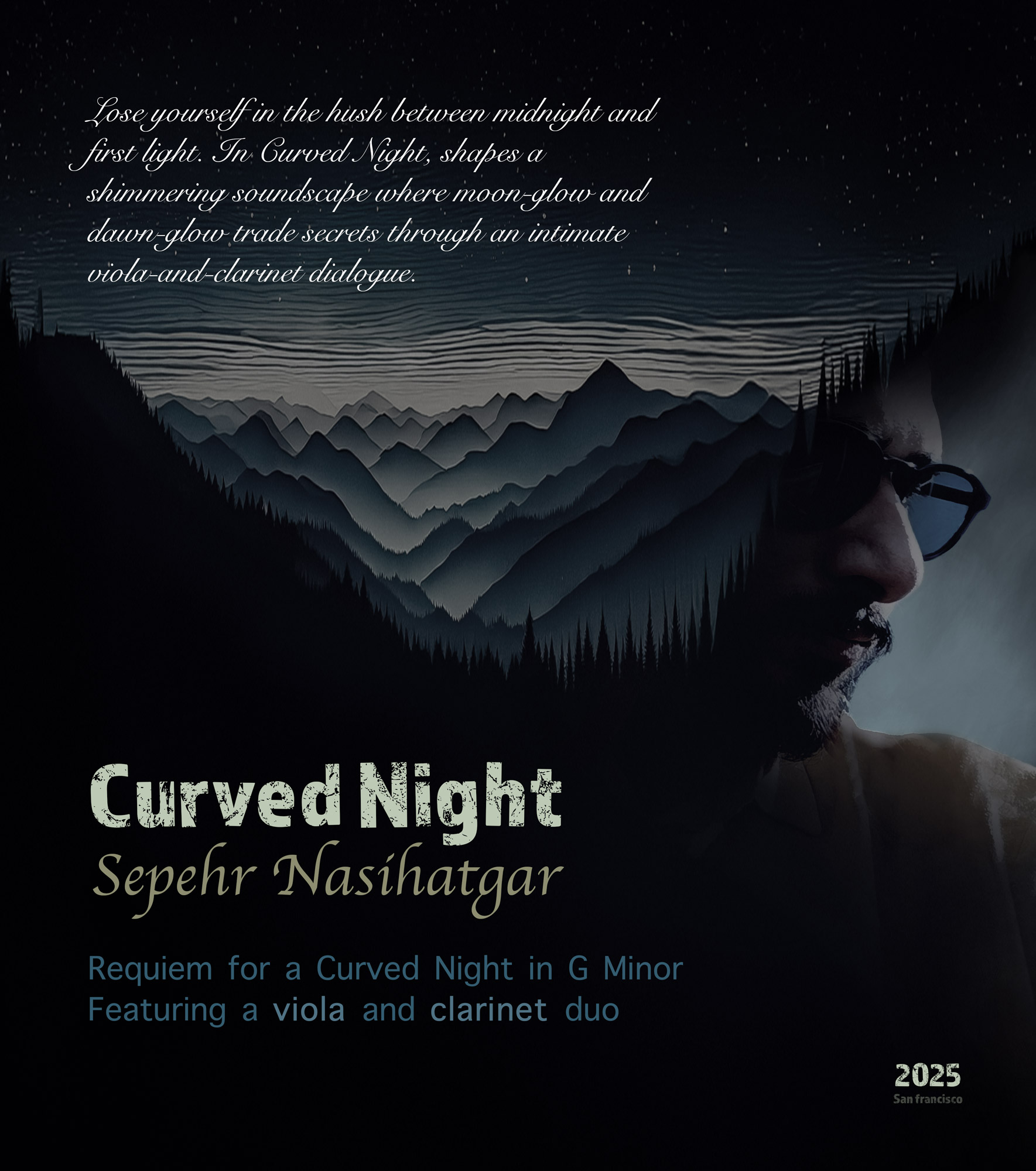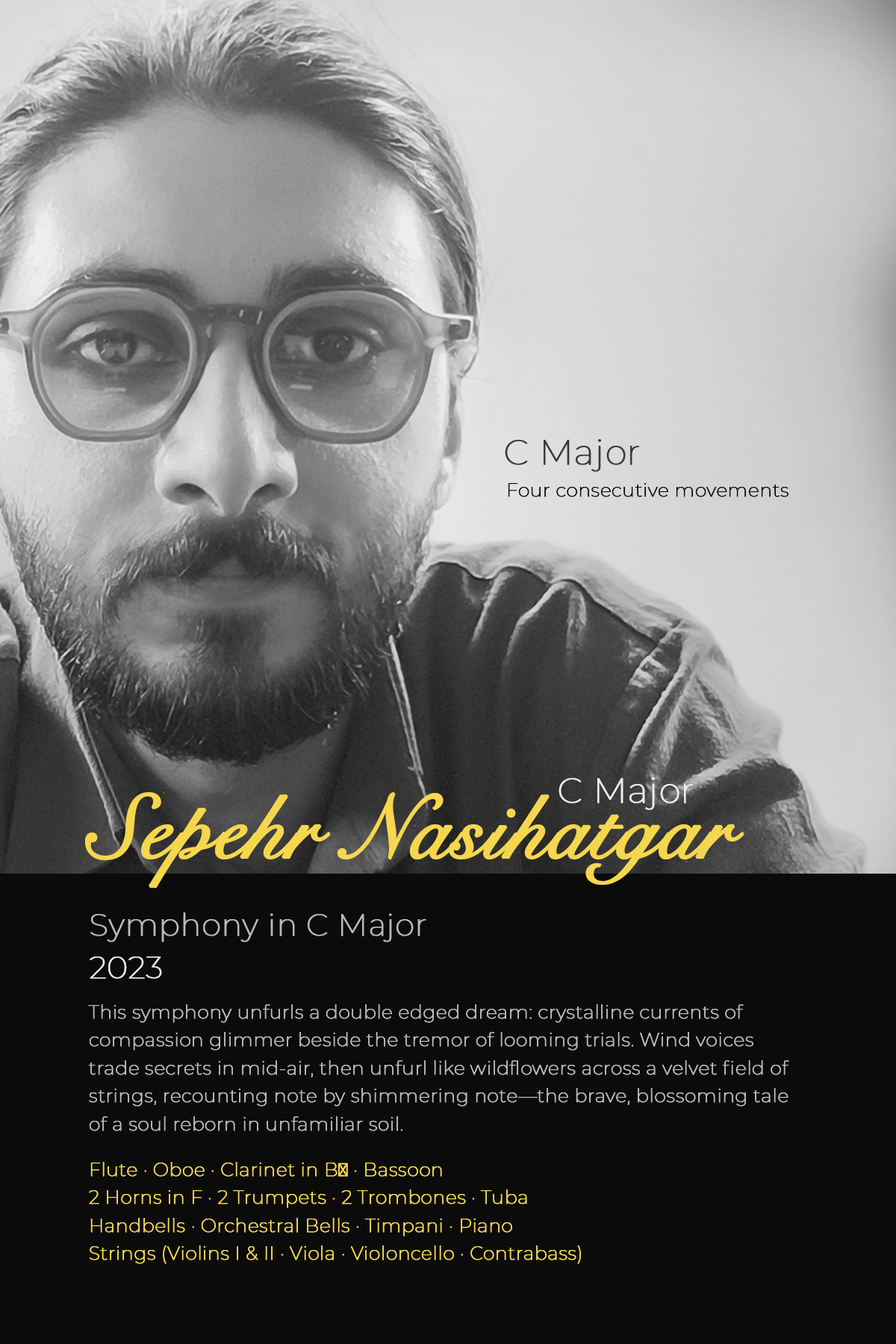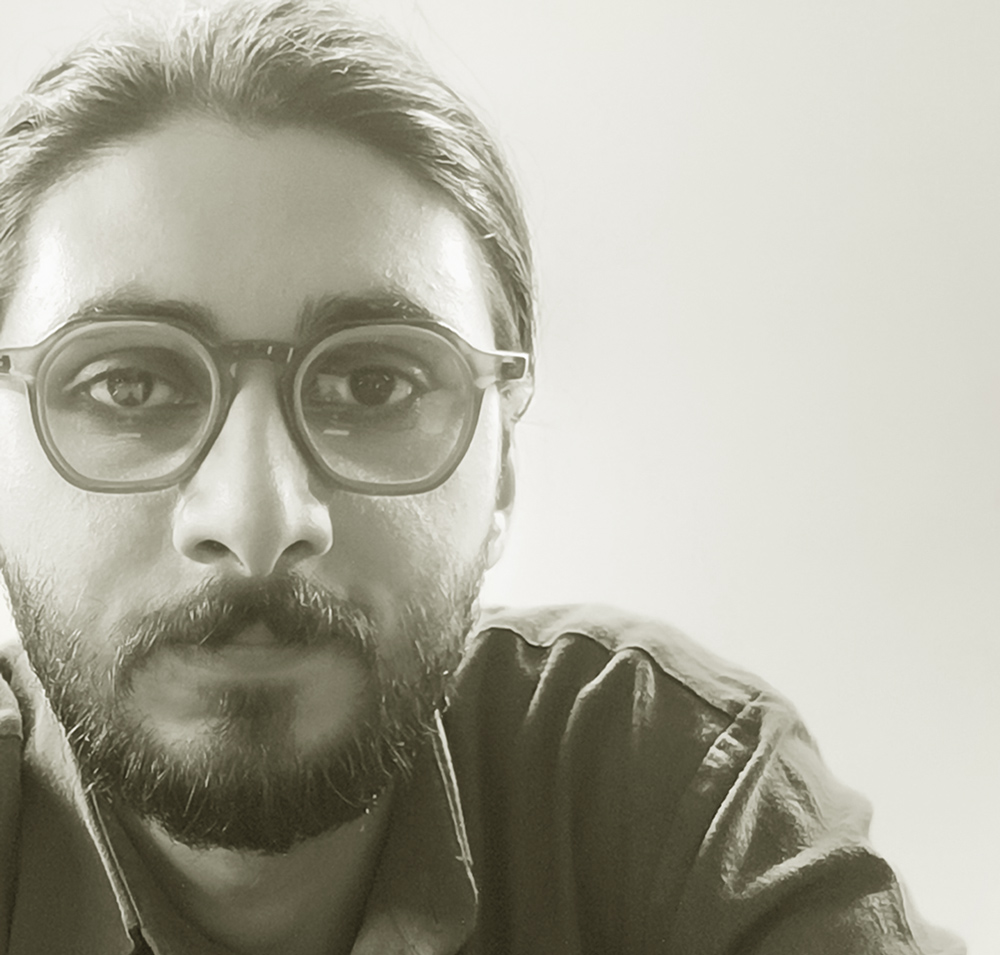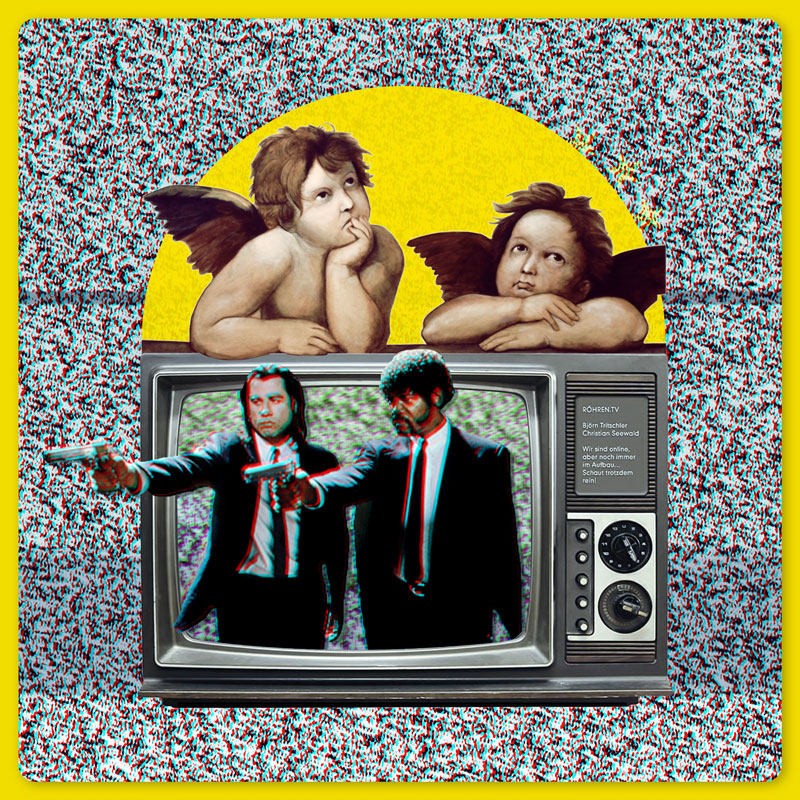Sepehr Nasihatgar
Classical Music Composer
Sepehr Nasihatgar is a San Francisco–based composer, master santur player, and visual artist whose practice moves fluently between time-honored tradition and unapologetic modernity.
His earliest memories are braided from two strands: cassette tapes of Persian classical masters spinning in the family living room and the ever-changing skyline outside his window. Sound and image fused so early, in fact, that each piece he composes seems to arrive with its own color palette, and every photograph he frames carries a hidden rhythm.
Early Formation
Born in Ardabil, Iran, in October 1994 (Mehr 1373), Sepehr spent his childhood not on playgrounds but poised above the hammered strings of the santur, captivated by the instrument’s crystalline clarity and vast emotional compass. Formal lessons soon followed, and by adolescence he was performing at local cultural centers while devouring Western theory textbooks with equal fervor. That twin education—oral Persian lineage on one hand, codified Western harmony on the other—shaped a hybrid musical voice equally at home in the concert hall and the art gallery. Even then he wrote small works for Iranian instruments and, far beyond what might be expected of a child, listened obsessively to film scores and world music, dissecting each sonic detail.
Teenage migration threaded itself into his biography when he moved to Rasht to study architecture. The fit proved illusory; engineering was not his path. He left it all behind for Tehran, enrolling in photography. University classes by day were matched by gallery openings by night, and his cameras soon accompanied him on street forays in search of what he calls the “chord change”—the instant when light, shadow, and human motion resolve into harmony. By twenty-two his photographs were hanging in respected galleries from Ardabil to Tehran, praised for their postmodern layering of narrative fragments. Throughout, the discipline of music never slackened. Perfectionist by nature, he limited public performances, preferring to refine technique in private while composing for short films and collaborating with experimental video artists.
Mastery of Iranian Dastgāh Music
After conquering foundational santur texts—Dastur-e Santur by “Faramarz Payvar”, Shiveh-ye Santurnavāzi by “Pashang Kamkar”, and countless figure-building études—Sepehr turned to the beating heart of Persian art music: the Radif as transmitted by “Abolhasan Saba”. Through daily, corner-by-corner practice he not only played all twelve dastgāh and āvāz cycles on the santuor but internalized their subtle phrasing, mixed temperaments, and ornamental nuance. That command became unmistakable in the advanced studio of master Pouya Saraei, where Sepehr’s multilayered improvisations and daring modulations earned him a reputation as a “polyphonic” musician—faithful to the Radif yet hungry for Western harmony.
Later he distilled this expertise into workshops titled “Radif for Contemporary Composers,” mapping, for instance, the lyrical mode of Delkash onto the harmonic minor scale or comparing the cadence of Chahārgāh to the Dorian mode. His orchestral scores now deploy elements such as the sudden descent to Esfahān-e Forud-e Esfahān for dramatic tension, or transpose the question-and-answer structure of Ruh-Afzā into dialogues between string sections. The result is not merely technical virtuosity but a living manifesto on cross-cultural musical conversation.
Command of Western Classical Music
Sepehr soon realized that even the expansive canvases of Iranian modes could not fully contain his torrent of musical ideas; he needed a wider gateway. He plunged into Western classical theory: advanced solfège, four-part harmony, species counterpoint, and sonata-form analysis. Studying Mozart, Beethoven, and Debussy enriched not only his craft but also his conception of temporal and spatial organization.
He never yearned to be a virtuoso pianist or concert violinist; his true vocation unfolds in the silent communion of ink and staff paper. For him, writing a score is an existential act—each melodic line a dialogue between self and world. From the micro-modulations of Persian dastgāh to the chromatic modulations of the Romantic school, his multi-dialect fluency has rendered him an all-terrain composer: one moment orchestrating a full symphony, the next tinting the delicate sonic texture of a film scene. A deep love of cinema naturally pulled him toward scoring for picture, where the collision of dastgāh motifs with grand orchestral harmony forged his signature audio identity and opened new horizons for storytelling in the seventh art.
Migration and Reinvention in the United States
In 2024 he relocated to California, ultimately choosing San Francisco. The Bay Area’s art-and-tech ecosystem offered both formidable challenges and fertile opportunities. Here, the novelty of a master santur player led him to launch classes in Iranian music and santoor fundamentals, introducing the soul of Persian tradition to a broad American audience. Those teaching studios quickly evolved into vibrant artistic communities and gateways to deeper collaborations across jazz, classical, and experimental scenes.
Philosophy and Vision
Whether orchestrating a symphonic canvas or coaxing whispers from 72 bronze strings, Sepehr believes art survives through cross-pollination. Music, he says, is a modem capable of downloading centuries of tradition into the bandwidth of modern ears. The trajectory of his life is already sketched in bold strokes: unquenchable curiosity, an open embrace of interdisciplinarity, and a commitment to building communities that ignore borders. With every medium he touches, the same invitation resounds: listen closely, look deeply, and rediscover the hidden harmonies that bind our worlds together.


Featured Works in Motion
Preview a hand-picked playlist of my latest classical scores— from intimate chamber miniatures to full symphonic canvases, each infused with Persian modal color and cinematic sweep. Press play to step inside the session, study the annotated score, and feel the music breathe. Craving a deeper dive? Visit my YouTube channel for complete performances, recording diaries, and first-look premieres.


